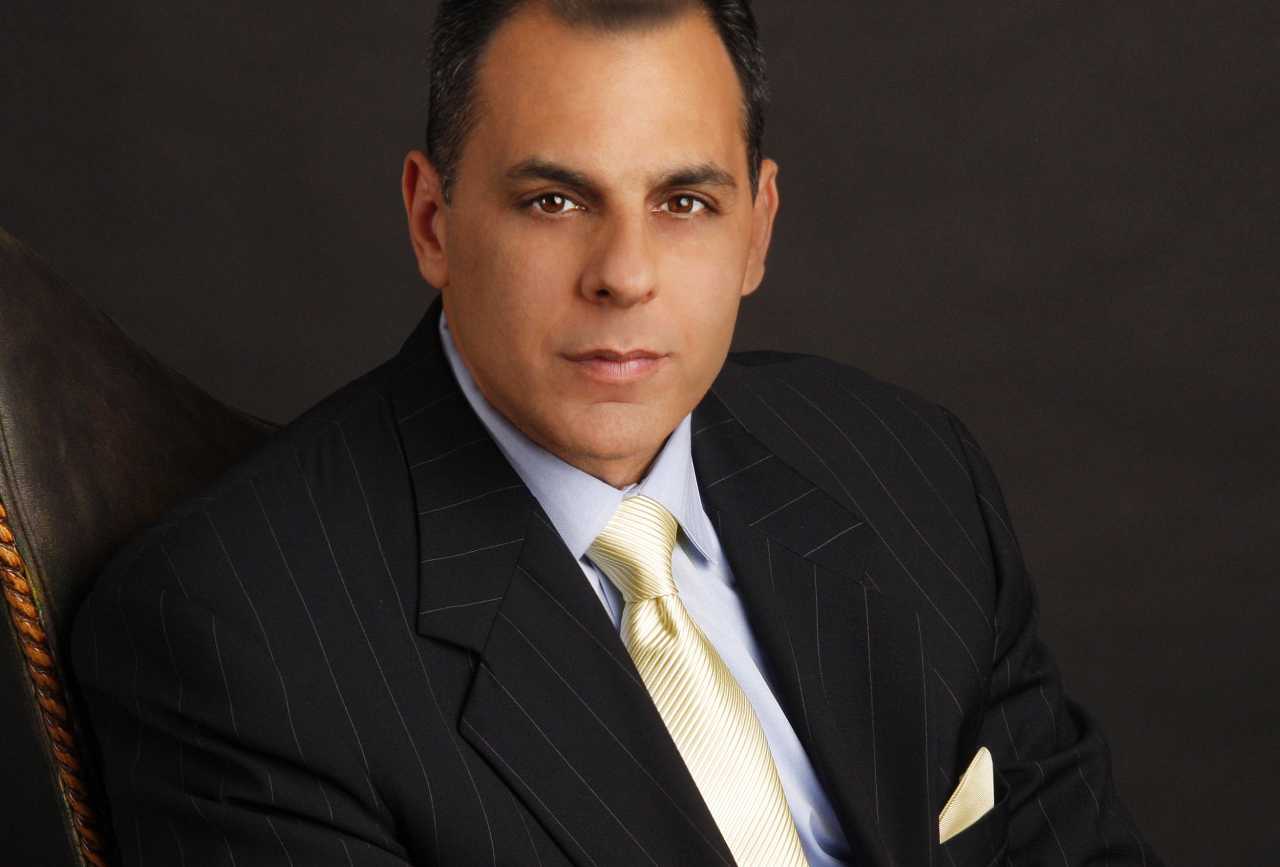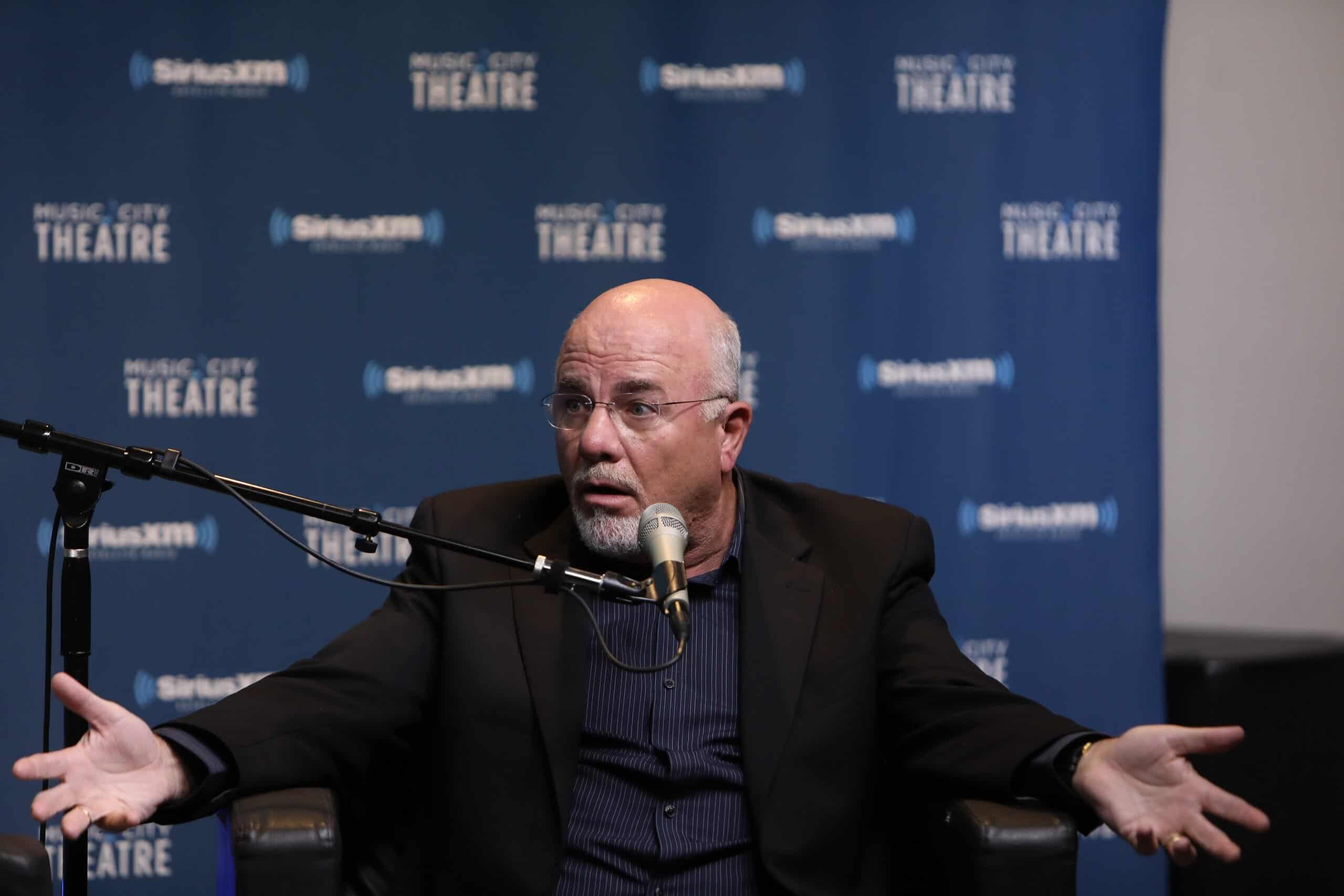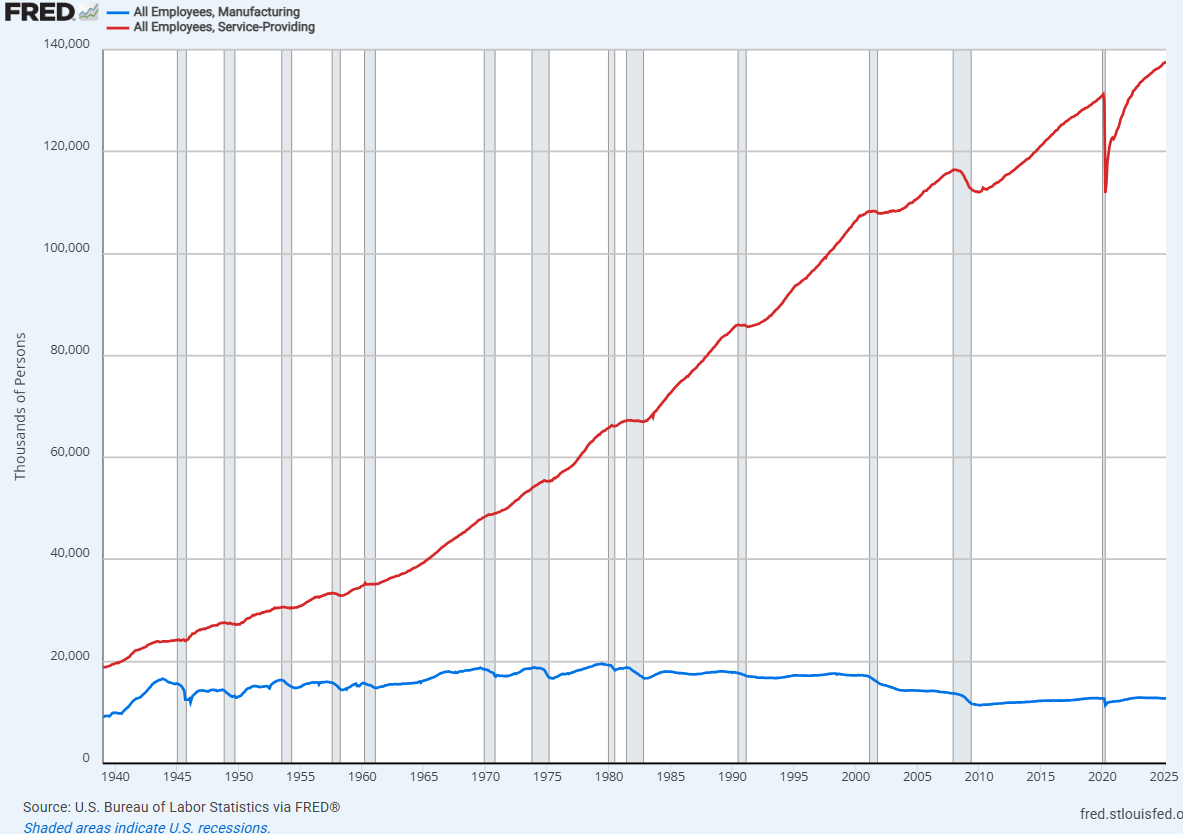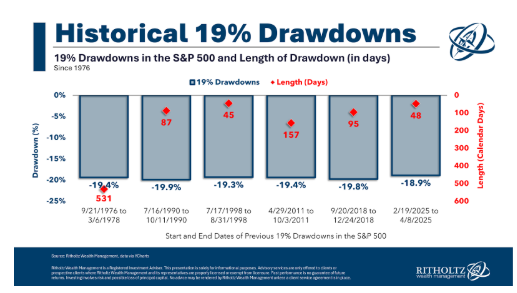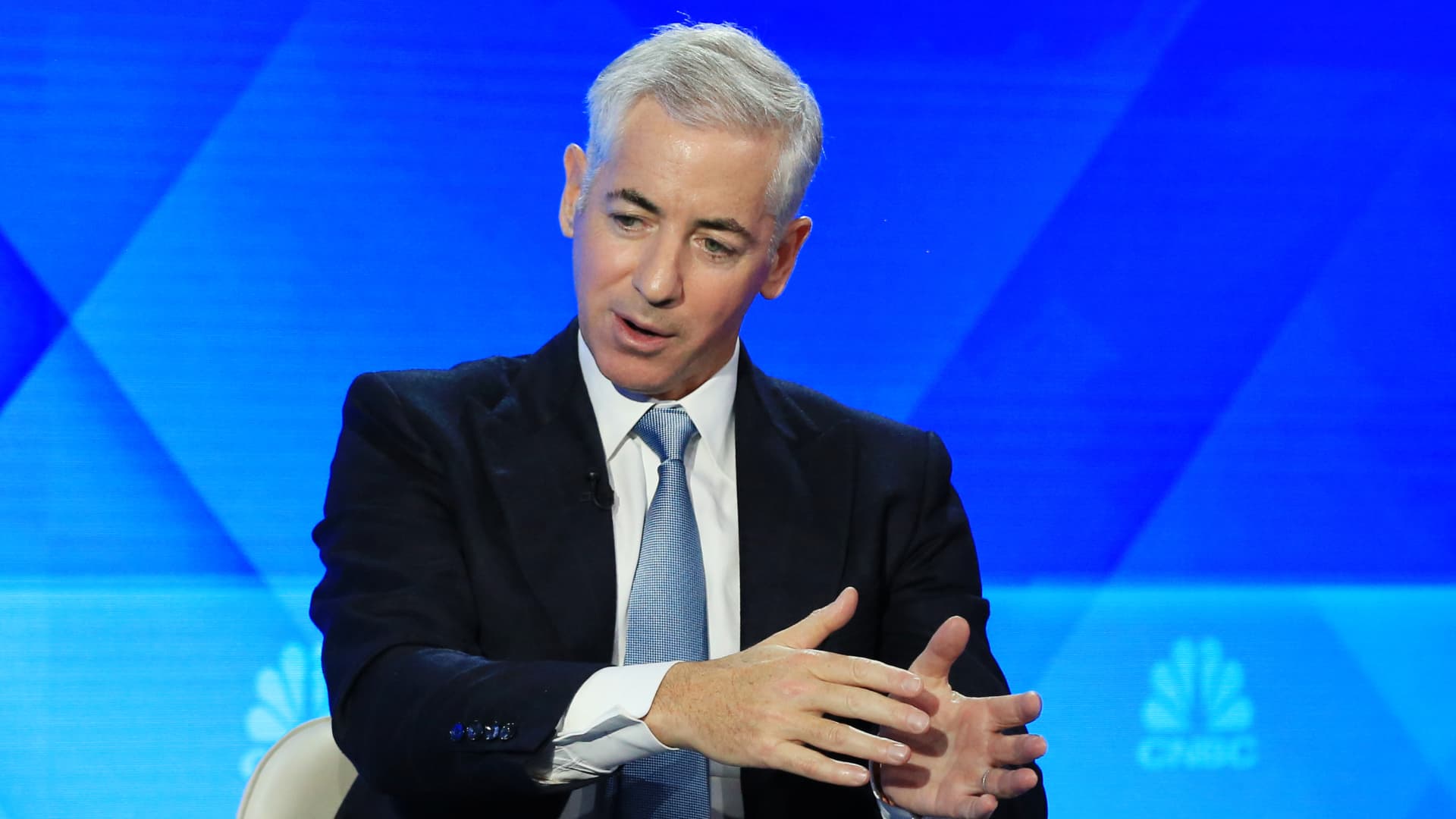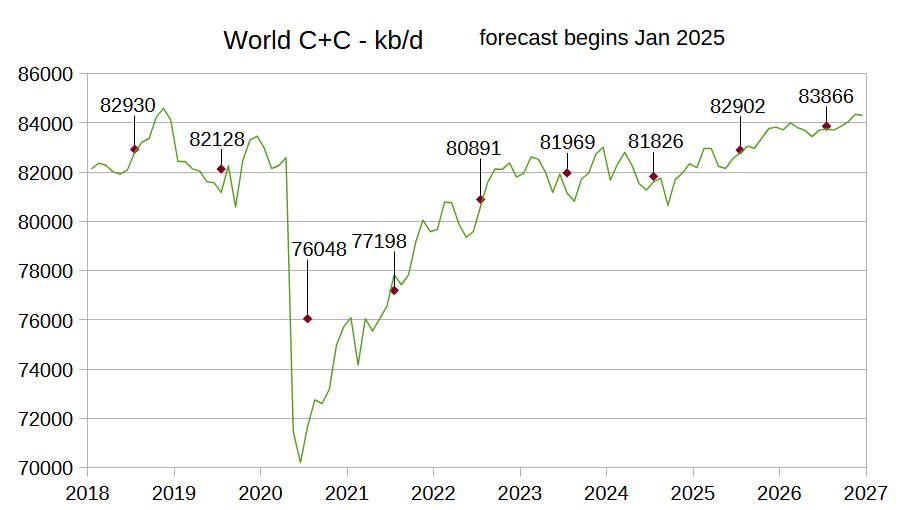SECURE Act 2.0: What Every Retiree Needs to Know About RMD Changes
This post may contain links from our sponsors and affiliates, and Flywheel Publishing may receive compensation for actions taken through them. SECURE 2.0 has significant changes that could help strengthen your retirement. Not only does SECURE 2.0 increase the age at which retirees must take required minimum distributions (RMD), but it also makes changes to […] The post SECURE Act 2.0: What Every Retiree Needs to Know About RMD Changes appeared first on 24/7 Wall St..

SECURE 2.0 has significant changes that could help strengthen your retirement.
Not only does SECURE 2.0 increase the age at which retirees must take required minimum distributions (RMD), but it also makes changes to the size of allowed catch-up contributions for those with workplace retirement plans.
Understanding these changes is critical if you’re nearing retirement, or if you’re already retired.
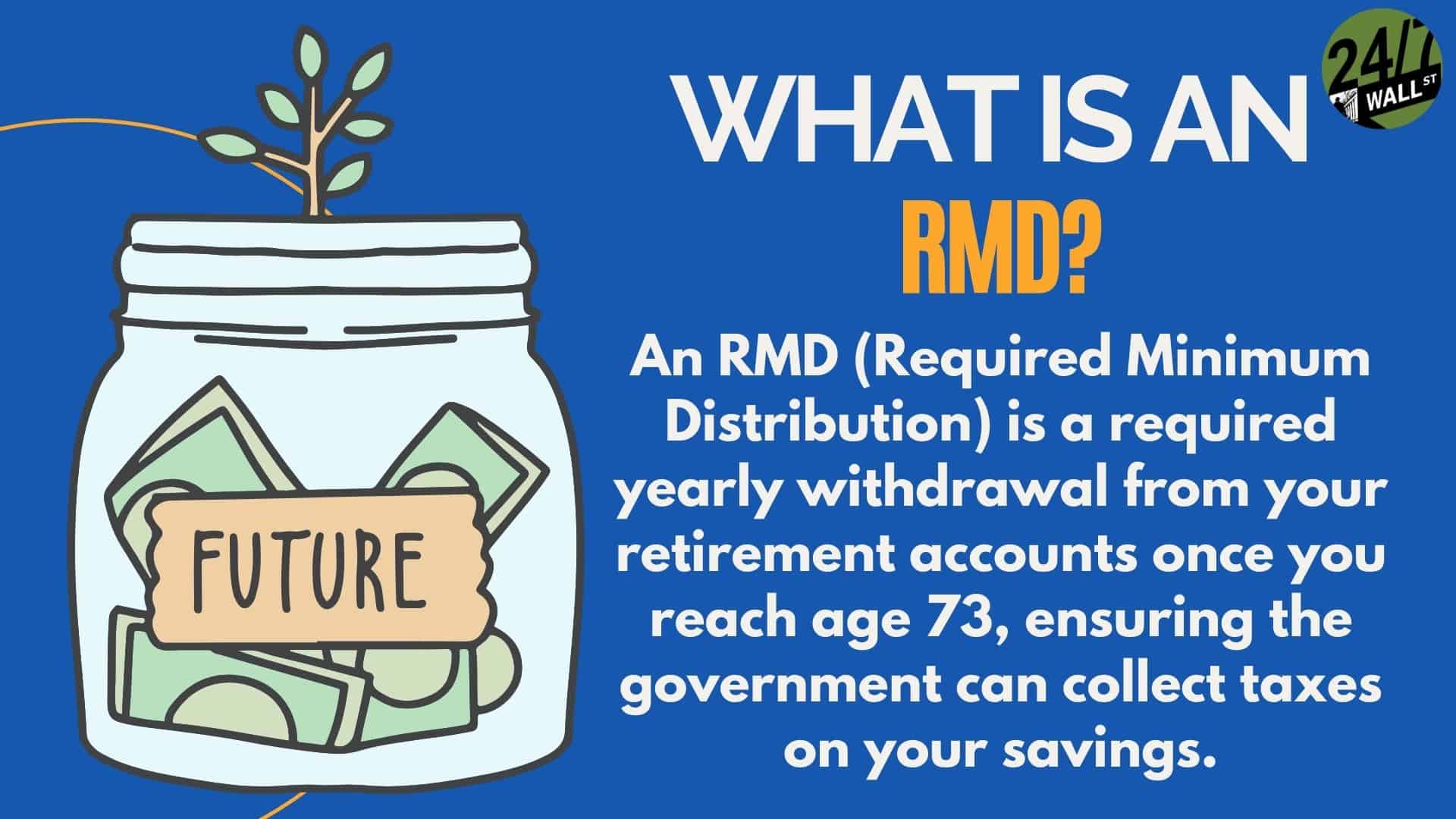
Key Points About This Article
- SECURE 2.0 provides significant changes that could help strengthen your retirement.
- It also makes changes to the size of allowed catch-up contributions for those with workplace retirement plans.
- SECURE 2.0 also addresses the penalty for failing to take RMDs in time.
- Also: Take this quiz to see if you’re on track to retire (Sponsored)
Please note it’s a good idea to consult with an advisor regarding retirement and RMDs.
Here are just a few of the key changes to be aware of.
No. 1: SECURE 2.0 Increased the RMD Age
In 2023, the RMD increased from 72 to 73. By 2033, that will increase again to 75. That now allows retirees to leave their money in their tax-deferred accounts for another year. Not only does that add another year of potential growth, but it also provides some flexibility for the retiree.
No. 2: SECURE 2.0 Reduces RMD Penalty
SECURE 2.0 also addresses the penalty for failing to take RMDs in time.
Under the previous rules, missing an RMD resulted in a 50% penalty on the amount that should have been withdrawn. Now, it’s been reduced to 25%, which gives retirees more breathing room should they happen to miss an RMD.
In fact, according to the Internal Revenue Service, “If an account owner fails to withdraw the full amount of the RMD by the due date, the amount not withdrawn may be subject to an excise tax of 25%, 10% if the RMD is timely corrected within two years.”
No. 3: New Changes to RMD Calculations for Some Inherited Accounts
SECURE 2.0 also modifies the rules for inherited IRAs and retirement plans.
Under the SECURE Act of 2019, non-spouse beneficiaries were required to deplete inherited retirement accounts within 10 years of the account holder’s death. SECURE 2.0 still has this rule but offers new options for designated beneficiaries.
According to Pacific Life, “The IRS recently issued the final regulations for designated beneficiaries (DBs). This rule will impact DBs subject to the original Setting Every Community Up for Retirement Enhancement Act distribution rules, generally known as the 10-year rule. It specifically impacts them in the cases where IRA owners pass away on or after their required beginning dates (RBDs). In these situations, the beneficiary will not only have to drain the account by 12/31 of the year containing the tenth anniversary of the owner’s passing, but he/she also will need to take RMDs in the interim.”
Further information on this topic can be found on this IRS page.
No. 4: SECURE 2.0 Increases Catch-Up Contributions
Starting January 1, 2025, individuals ages 60 to 63 can make catch-up contributions up to $10,000 a year to a workplace plan. The catch-up amount for people ages 50 and older is $7,500, but do go over that with a financial advisor.
In addition, according to Fidelity.com, “Starting in 2026, if you earn more than $145,000 in the prior calendar year, all catch-up contributions to a workplace plan at age 50 or older will need to be made to a Roth account in after-tax dollars. Individuals earning $145,000 or less, adjusted for inflation going forward, will be exempt from the Roth requirement.”
Other Key Information to Know
It’s also important to know how to calculate your required minimum distribution, which you should discuss with your financial advisor.
The IRS uses a formula that includes your total account balances, your age, your life expectancy, and your beneficiary life expectancies. The agency then divides the total balance by your life expectancy factor, which is the age to which you’re expected to live from your current age. For an example of how that works, here’s a link to the IRS Uniform Lifetime Table.
Even more information on RMD can be found on this IRS page.
If you’d rather avoid the IRS page, here’s how the calculation works.
Let’s say you’re 73 years old. You would have a Life Expectancy Factor of 26.5. If you have an account balance of $250,000 as of December 31 of last year, you would divide $250,000 by 26.5, which would give you your RMD of $9,433.96.
Again, be sure to check with your financial advisor.
The post SECURE Act 2.0: What Every Retiree Needs to Know About RMD Changes appeared first on 24/7 Wall St..





















